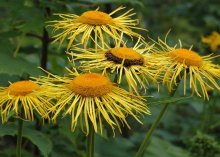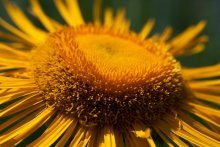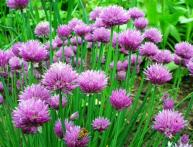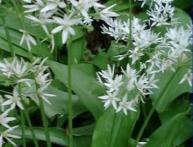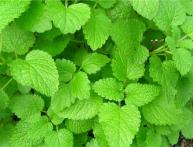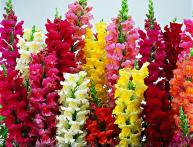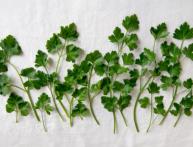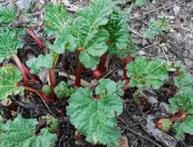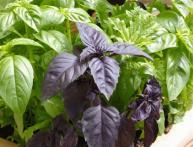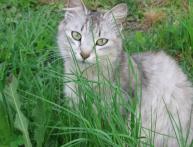Hardy and beautiful telekia plant
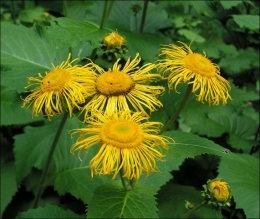
A small sun in a flowerbed is telekiya. This versatile plant is hardy, looks very nice in a flower bed and is quite worthy of taking a place there among other flowers. This plant can become a beautiful yellow spot in the overall palette of colors of lawn flora.
Content:
What is telekiya?
Telekia, this herbaceous plantwhich is common in Europe. Some of its species grow in Asia Minor. The Caucasus, Europe and Asia are its homeland. The flower is perennial, that is, having planted it once, you can admire flowers that look like a huge daisy or a small sunflower year after year. The plant was cultivated at the end of the eighteenth century, and tolerates cold well, which makes it universal.
The stems are tall and in some species exceed a height of one and a half meters. The root system is very developed, which makes the plant incredibly hardy. A useful detail for those who like to stay away from their dacha for a long time, where droughts occur. You can be absent for a long time and not water the flower beds for a long time, but still come to the house where you are festively greeted by elegant flowers. On erect stems there are umbrella-shaped inflorescences. The marginal and flowers of the inflorescences-baskets are somewhat different from each other in shape and color. The central ones are lighter, the edges have an orange tint.
The basal leaves of the rosette are oval-shaped and pointed. They have denticles and are pubescent underneath.The leaves of the stems have larger denticles. Flowering is abundant and lush. Individual flowers are collected in elegant “baskets”. The diameter of such an inflorescence reaches 12 cm in diameter.
Somewhat similar to elecampane magnificent, but differs in leaf shape. Telekia leaves are more oval and heart-shaped. The most important difference for an amateur gardener is the much larger amount of seed.
Telekia and flower beds
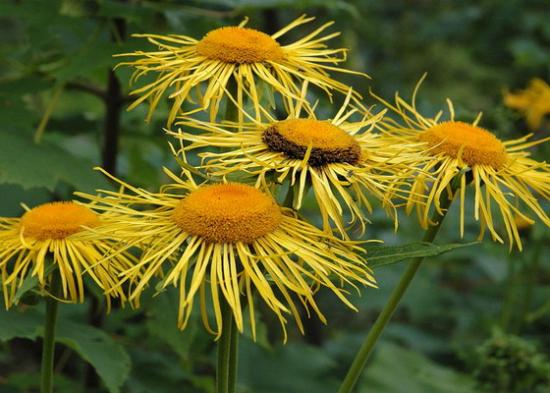
In the first half of summer, telekia presents itself as a rosette of beautiful leaves. Those who want their flowerbed to be colorful all summer months should plant flowers nearby, the flowering period of which occurs in the first half of summer. The lush rosette of leaves will only show a shoot that will bloom in the second half of summer.
It is also worth considering that the peduncle that grows from the rosette will be very tall, almost as tall as a person. That is, this plant may be hedge for the last month of summer and the beginning of autumn, but it will choke out low plants, simply covering it up like a fence. Therefore, flowers on lower cuttings should be planted in front of this hedge. If telekia grows in a large wide flower bed, then it is obvious that it should be in the center. Or sparse individual bushes around the edges.
How many flowers are on the plant and how long will this sunshine please people? In August the first flower, similar to a sunflower, will bloom. A large flower will not be the only one; the inflorescences constantly produce the following elegant yellow flowers. Lush holiday flowers will bloom thickly throughout August and most of September. Telekia, this is a wonderful option for the August and September flower beds.
Is it difficult to grow telekia?
Like all plants on the planet, telekia loves fertilized soil.The flower will gratefully respond with lush flowering to the addition of ordinary manure to the soil. However, any organic fertilizer is suitable for it.
The plant is very moisture-loving. Do not be afraid of suppuration of the roots; telekia will respond to abundant watering with good growth. On moist soils, the flower grows noticeably taller and more luxuriant. Although it can withstand any weather, it is highly durable. But during the flowering period, it would be wise to water the flower abundantly, because this will affect the beauty of the flower bed. Mulching can effectively help retain moisture. Ordinary shavings, wood chips, dry grass - all this will help conserve water in the soil.
Shoots that have flowered should be removed. Cutting off the shoots will not only prevent self-seeding, but will also improve the appearance of the flower bed. Large dry branches will noticeably spoil the appearance, and self-seeding is fraught with degeneration of the flower.
Are telekia dangerous for diseases and pests? She is only afraid of slugs. They are difficult to poison and can seriously damage the soil by etching, so if this misfortune happens, you will have to collect them manually.
The flower propagates in two ways:
How to use telekiya?

It is worth considering that although telekia grows well in the shade, it still loves the sun more. It is worth looking for large open areas and large flower beds for planting it. The plant itself is not small, so there is no point in planting it in small flower beds.
If we talk about shady plantings, then it is irreplaceable as a garden decoration. There is a lot of permanent shade under the trees, and not many plants can survive living in such conditions. But if the garden is not only a source of apples, but also a beautiful resting place for a summer resident, then a flower bed on which telekia is planted can help out.At the same time, it is not afraid of bright sun, that is, the plant is distinguished by its good versatility in living in places with different light levels and surviving in different humidity conditions.
An important point for a designer gardener is that the telekia bush occupies a large area with a diameter of up to one and a half meters. But it will grow only at the time of flowering. That's why the empty space is worth planting small flowers, which will look good June-August. Crocuses are such a good option. They are colorful and have a spectacular appearance. You can also choose primrose bushes for this role. If desired, you can combine these two types of flowers by planting, say, crocuses around the perimeter of the flowerbed, and primroses in the center.
In addition to the garden, telekia can decorate the most unsightly places in a summer cottage. It can be used to “close” a landfill or compost heap. You can also scatter the flower along the sides of the path, and thus get an August living border. Very nice option. If the site is located near a reservoir, and the appearance of the reservoir is wild, then with the same plant you can very nicely improve this place without any extra costs.
The plant also goes well with other plants in mixed flower beds, such as sedum and chamomile.
Video about the most unpretentious garden plants:
Interesting information about the vegetable garden

